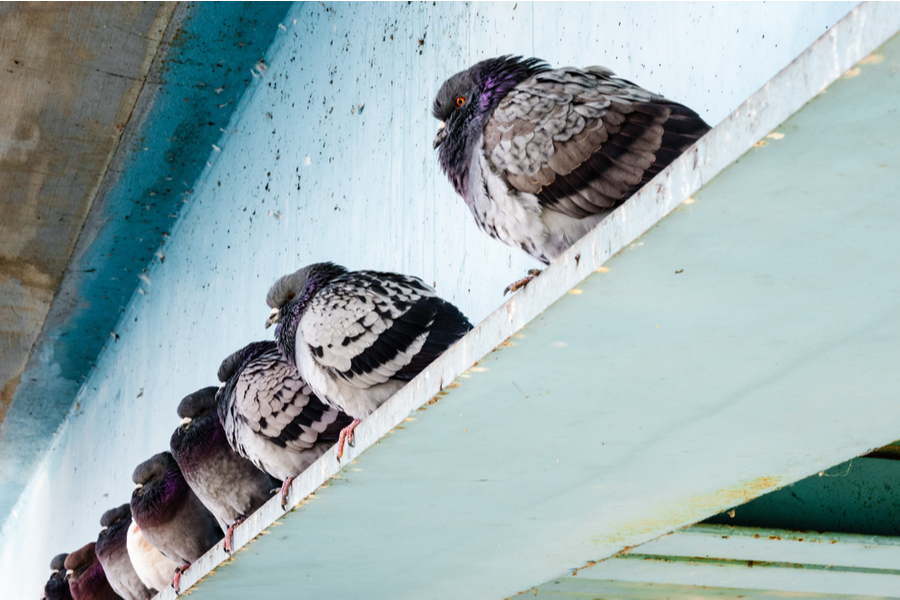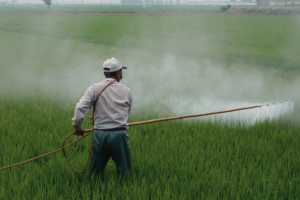Pest birds (e.g. starlings, doves, pigeons, seagulls) are a significant health risk to humans. They carry harmful diseases, insects, and parasites. Not only this, but they can cause tremendous physical damage to property and to YOU as well (have you ever tried to shoo a seagull away from its lunch? Things can get aggressive, fast!).
What harmful diseases do pest birds carry?
Bird can carry over 60 different diseases that are harmful to humans. A few examples include:
- Bacterial disease – Psittacosis (Parrot Fever), Salmonellosis
- Fungal disease – Cryptococcosis, Histoplasmosis
- Viral disease – Avian Influenza (Bird Flu), West Nile virus
Diseases are most commonly found in bird faeces.
What insects and parasites do birds carry?
Birds carry a great number of insects and parasites such as ticks, lice, fleas and mites. These are not only found on their bodies, but mainly in their nests.
How do birds cause physical damage to your property?
Birds can block ventilation pipes, gutters and chimneys with their nests. This can cause floods, roof leaks and major fire hazards.
The most damaging part of a pest bird is their….poo! Bird droppings cause immense damage because of its acidic properties. Droppings that have not been cleaned away fast enough corrode the material that they have been aimed at.
How do birds become aggressive?
Birds are aggressive when they feel that their nesting site is in danger. This is especially the case when they have fledglings in their nest. Some birds are also aggressive around food, as they feel ownership towards it.
As adorable as birds can be, some species are major pests that pose serious health risks to humans and serious damage risk to buildings.





